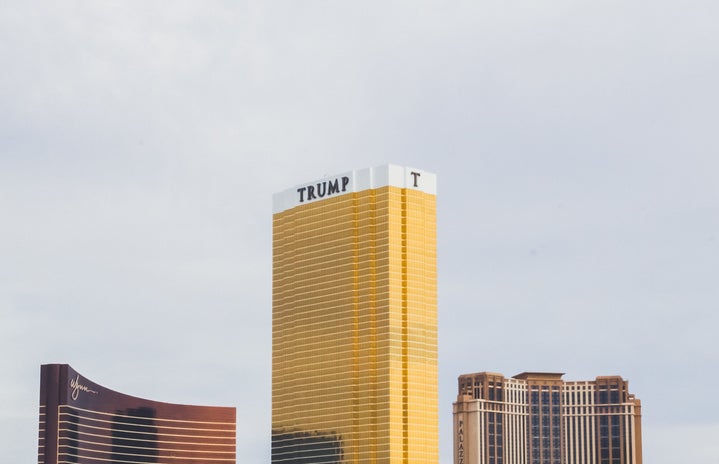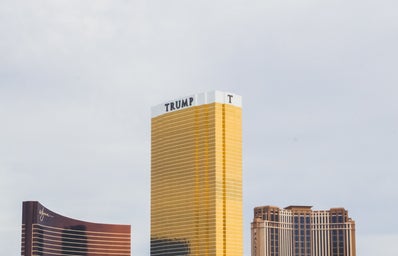Undeterred by legal challenges and public criticism, President Donald Trump signed a second travel ban into law on Monday. The new executive order seeks to avoid a debacle similar to the one caused by the first ban and features minor adjustments and tweaks to hopefully make it more difficult to challenge in court. Here’s what you need to know about the new ban, which goes into effect on March 16th:
.@POTUS has signed a new executive order that will keep the nation safe. Read it at https://t.co/XcBwwEJJHF pic.twitter.com/Yx2mikXl2A
— Sean Spicer (@PressSec) March 6, 2017
While the original ban sought to keep travelers and immigrants from Iran, Iraq, Libya, Somalia, Sudan, Syria and Yemen from entering the country, the new ban removes Iraq from the list in order to keep tensions from rising between the U.S. and its main ally in fighting the Islamic State. In addition, the new order clarifies who will be affected by the ban. As The New York Times reports, “The new ban only applies to people from the six countries without current visas, like temporary, non-immigrant visas for students and workers. Students with valid F, M or J visas will be allowed.” Current visa holders, green card holders, and dual citizens are also exempt.
The new ban also made some changes in regards to the refugee provisions. The United States refugee program is still suspended for 120 days after implementation of the ban, but the new language now clarifies that refugees whose asylum requests have already been approved will still be allowed into the country. After the 120 days is up, the ban will be reconsidered and Syrian refugees – the group around whom most public panic seems to swirl – will not necessarily be banned indefinitely. The new executive order also removed language about giving preference to refugees of minority religions, likely because that provision could be challenged on the grounds of religious persecution. However, the Trump administration remained firm on capping the U.S.’s refugee intake for the 2017 fiscal year at 50,000, less than half of the cap under the Obama administration.
The language of the new travel ban aims to cut down on criticism. It includes examples and statistics meant to justify the ban. For instance, it states that “Since 2001, hundreds of persons born abroad have been convicted of terrorism-related crimes in the United States. They have included not just persons who came here legally on visas but also individuals who first entered the country as refugees.” It further goes on to reference multiple open investigations into terror-inclined refugees and immigrants. In a press conference to introduce the ban, John F. Kelly, the Secretary of Homeland Security, stated, “Unregulated, unvetted travel is not a universal privilege, especially when national security is at stake.” According to The Associated Press, however, “Department of Homeland Security intelligence analysts have questioned the rationale behind it, concluding that citizenship is an ‘unlikely indicator’ of terrorism threats to the United States.”
Opponents have pledged to fight this ban as fiercely as the first. New York Senator Chuck Schumer called the ban “meanspirited and un-American,” while Margaret Huang, the executive director of Amnesty International USA, said in a statement that the new order would “cause extreme fear and uncertainty for thousands of families by, once again, putting anti-Muslim hatred into policy.” The ACLU has already promised “to move very quickly” to block the ban, though New York immigration attorney Ted Ruthizer told the AP that the changes could make this ban “much, much tougher” to block.
You can read the full text of Trump’s executive order here.

